Traveling through the Gaza border area on the morning of October 8, 2023, I was struck by a sense of familiarity. The scenes of destruction, the burnt buildings and the smashed-up cars by the side of the road were, of course, profoundly shocking. But they were not, at least to me, unfathomable. Unlike most of my fellow Israeli citizens, I had spent a good part of the preceding decade in close proximity to the wars in Syria and Iraq. I knew then, immediately, what had just happened in the kibbutz of Israel’s southern region was what happens when a Sunni jihadi organization finds a way through to the helpless civilian population of one of its enemies.
The day after the massacre, the border area, where so many Israelis had lost their lives, was a place of ruin and destruction. The terrorists had only just been subdued and the Israeli authorities had taken care to collect the bodies of the victims first. The result was that a considerable number of the corpses of the perpetrators were still lying there, in the sun, some crudely covered with blue tarpaulin. Some not. The bodies we saw were in civilian clothes. One of them was a very overweight man. These were clearly some of the mass of Gazan civilians who followed the first wave of Hamas fighters, to loot and abduct. They were the unlucky ones, caught by Israeli fire after the border had been resealed. I admit that I was disappointed that there were no weapons lying around. It was that sort of time.
October 7 was a Sunni jihadi event, par excellence
In all aspects, the October 7 massacre resembled a number of similar slaughters that have taken place in the Levant over the last two decades, down to the last details of what we now know. The frenzied and deliberate slaughter of civilians, the taking of slaves, the rape and abuse of women, the strange and savage joy in the faces of the perpetrators.
The shock, nevertheless, was that the structures painstakingly constructed to shield the Israeli population from precisely such phenomena had for a moment been breached. For long hours on October 7, Israeli Jews found themselves in the position of, for example, the Yezidi population of northern Iraq and Syria, when Hamas’s fellow Sunni jihadis of the Islamic State organization came sweeping through in the summer of 2014.
So October 7 was a Sunni jihadi event, par excellence and in all details. But, of course, Hamas differs from similar Sunni jihadi groups in the Levant in that it is part of a powerful, state-led alliance.
This status is not entirely unique. From its earliest days, the Islamic Republic of Iran has made use of Sunni groups. It claims, after all, to represent the Muslim world as a whole. But in practice, the depth and closeness of Sunni Hamas’s relations with Shia Iran are without contemporary parallel. They derive from the special importance and centrality which Tehran attaches to the Palestinian cause.
The result has been that, while October 7 resembled similar Islamist rampages, from October 8 onwards, events have been defined by the salient fact of Hamas’s status as a junior, secondary member of Iran’s regional bloc.
Reflecting Hamas’s subaltern status, Tehran did not launch a general, all-out mobilization of its assets in support of Gaza. Instead, it sought to conduct a limited campaign, sufficiently intense so that it could claim not to have left its client to fight alone, but below that threshold which would trigger all-out war between Israel and Iran.
The Iranian campaign began almost immediately after October 7. On October 8, Lebanese Hezbollah, the most important of the Iranian Revolutionary Guard’s (IRGC) proxy organizations in the Arabic-speaking world, began the daily missile and rocket fire on Israel’s north which has continued until today.
In November, the Yemeni Ansar Allah, or Houthis, commenced attacks on shipping on the Red Sea/Gulf of Aden route to the Suez Canal. Despite western efforts, this campaign has largely succeeded, with commercial traffic along this route reduced by 90 percent. Iraq’s Shia militias also entered the fray early, with missile and drone attacks on Israel and on US and allied forces in Syria and Iraq.
Iran’s mobilization of assets in support of Hamas in Gaza has now, through a ladder of escalation, brought the region within visible distance of war between Israel and Iran. Should such a war come, the October 7 massacre in all its atavistic savagery may yet be remembered in a similar way to the murder of Archduke Franz Ferdinand and his wife in Sarajevo by a Serbian nationalist in 1914 — as an event which, by activating an alliance system, ended up giving birth to a much larger conflagration.
A year on, Israelis may draw a certain satisfaction from their own society’s response and from the subsequent performance of their security forces. The events of October 7 itself, with all its chaos and confusion, was witness to many, many acts of heroism and self-sacrifice. Only thus was the gate to Gaza closed within twenty-four hours. The Israeli Defense Forces has gone on to destroy Hamas’s conventional military capacities in Gaza. The army has taken considerable losses, but has kept moving forward. Neither internal divisions, nor a hysterical campaign of denunciation led by Islamist groups and their allies abroad, have succeeded in diverting it from its purpose.
Israel’s security agencies have, in recent weeks, carried out a series of astonishing operations against Lebanese Hezbollah, resulting in the killing of its historic leader, Hassan Nasrallah, and of his ill-fated successor Hashem Safieddine. Ismail Haniyeh, political leader of Hamas, was assassinated in a facility maintained by the IRGC in the heart of Tehran. Iran and Hezbollah’s vaunted missile capacities, at least as of now, have shown themselves largely unable to break through Israel’s defenses, though complacency in that regard would be an error.
The region remains poised for the impact of Israel’s probably imminent retaliation for last week’s Iranian ballistic missile attack. The form and dimensions of this counter-strike will determine the nature of the next phase. Ultimately, this conflict will end only with the fall of the Iranian regime and the consequent eclipse of the political Islam that it fuels across the Middle East — or with the victory of these forces against their enemies. The October 7 massacre was the opening move for the high phase of the confrontation between them. What happens next remains unclear.
This article was originally published on The Spectator’s UK website.



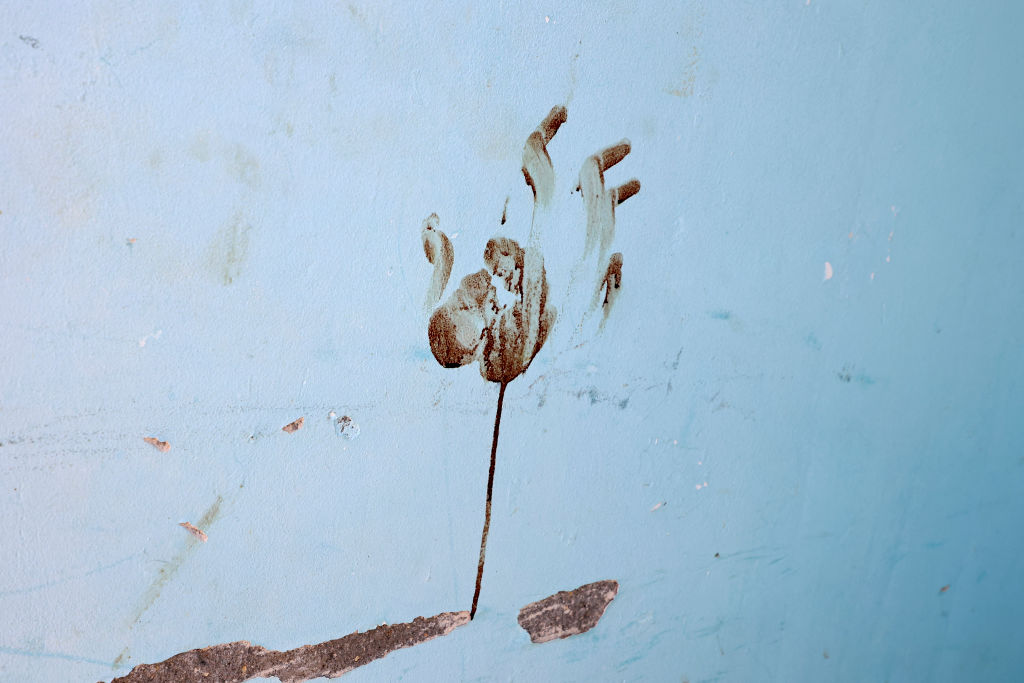







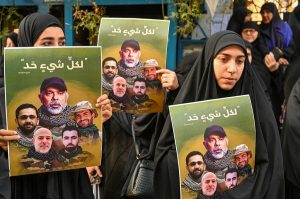
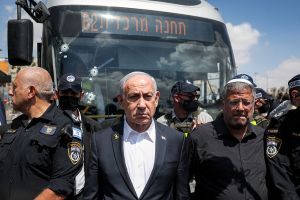
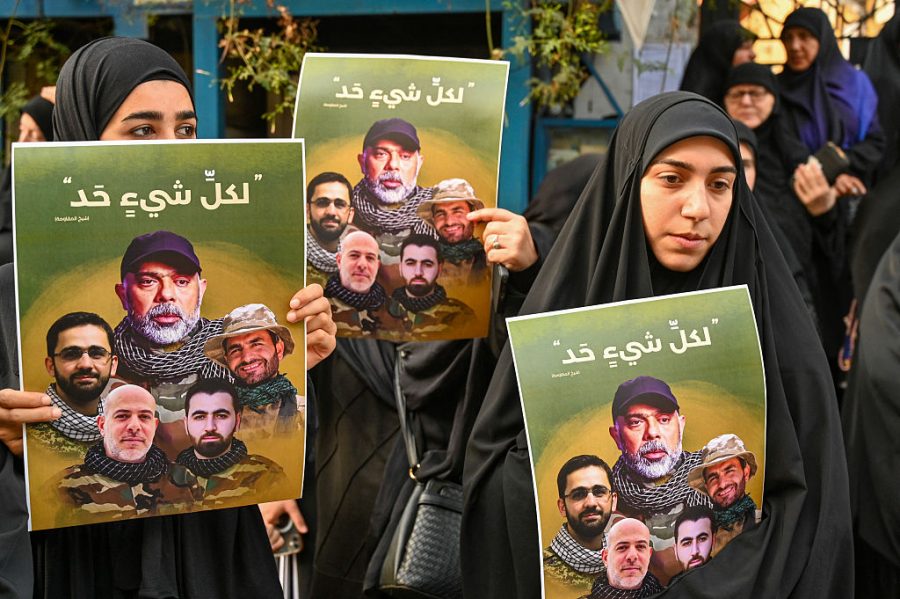
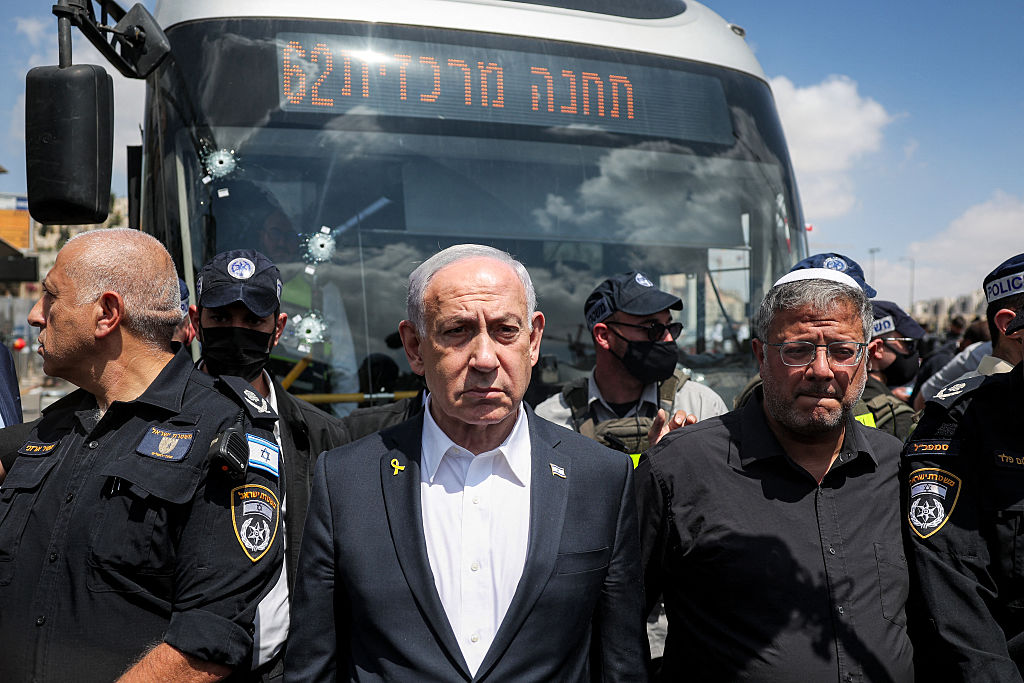
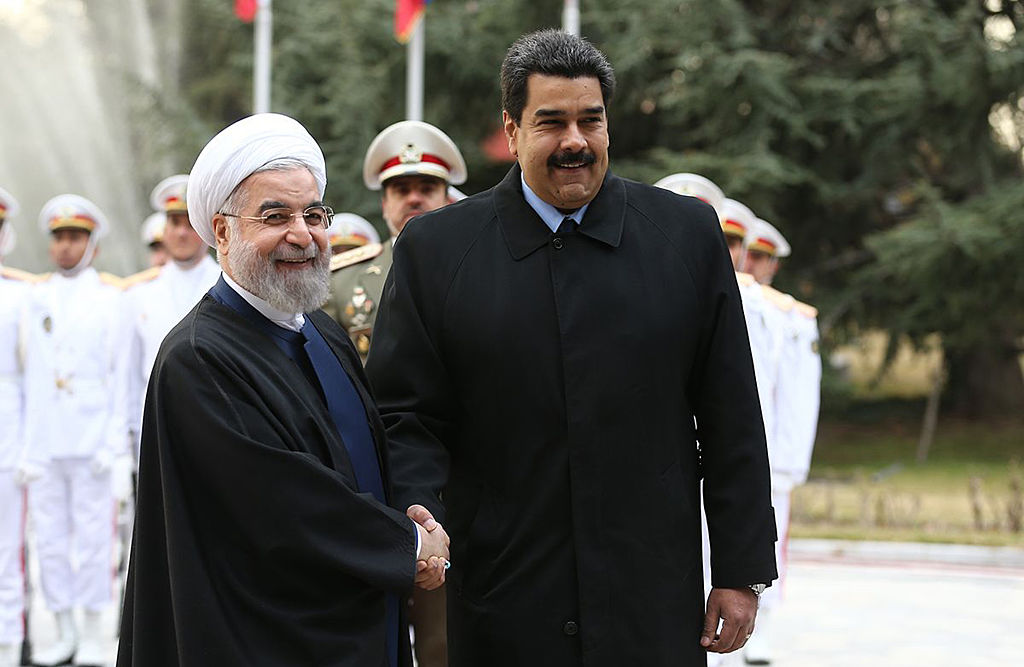
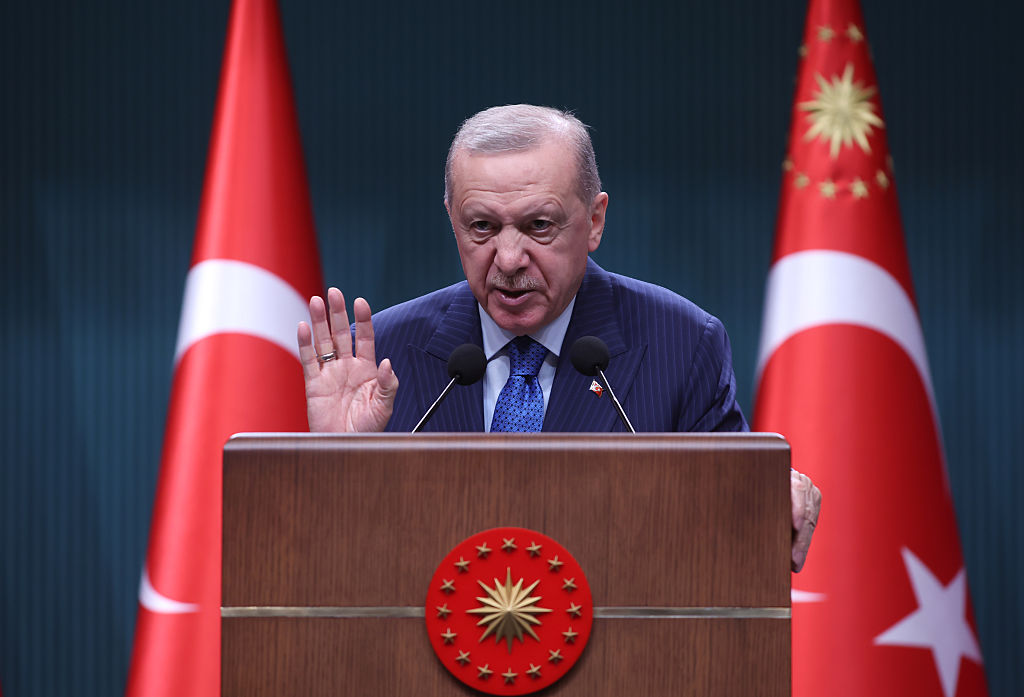
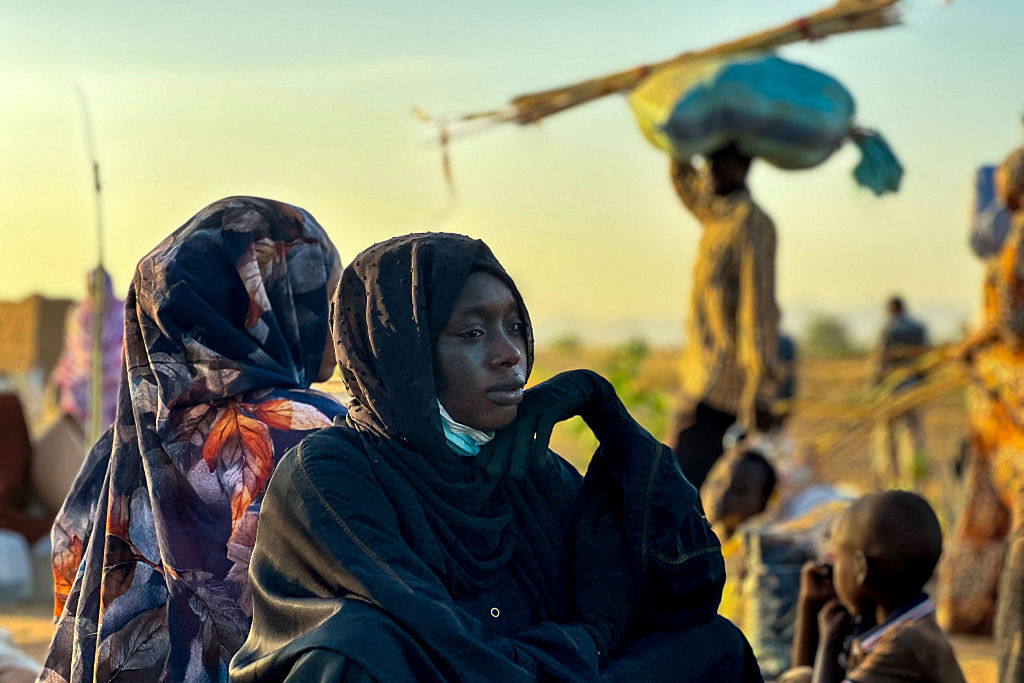
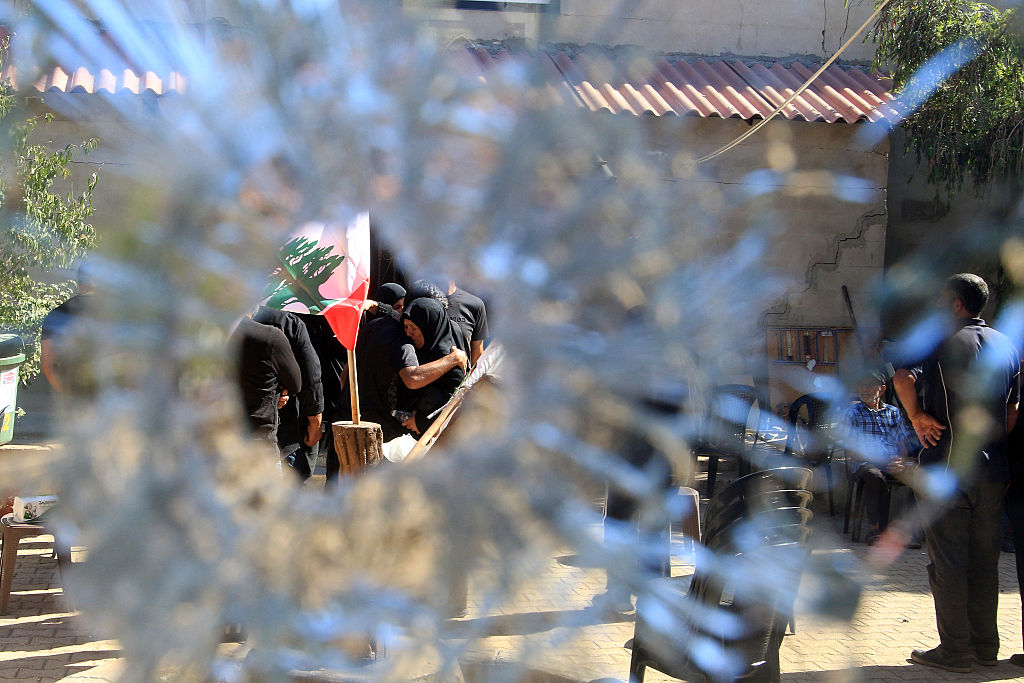







Leave a Reply